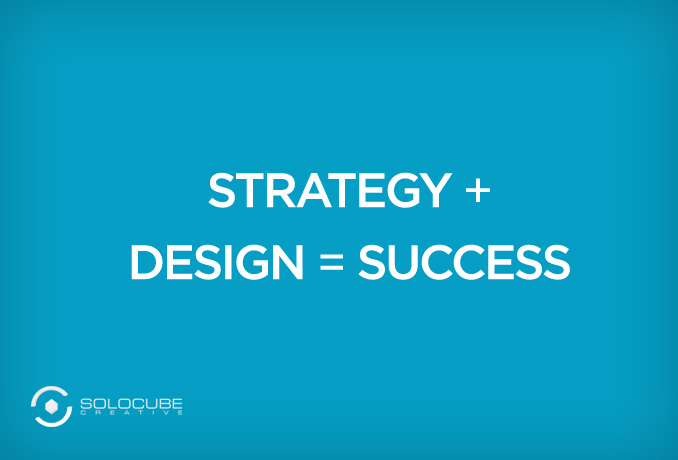The most effective and appealing websites are successful not because of their looks alone.
There are many websites out there that put out all the trimmings to make the site stand out but lack in producing results when performing specific functions. Without smart planning and implementation, even the latest trends and techniques you utilized would have no value. To be successful in your web design strategy, here are 5 smart tips to guide you through the process.
1. Establish goals.
Many experts believe that setting goals and following them is essential if you want to achieve success in anything. You set goals when you want to finish a project, learn something new, or aspire to achieve something like a healthier body or an emergency fund. The same goes when you want a successful web design strategy for your business. Before the actual project starts, the team involved needs to understand the website’s main purpose. Only when you do have a clear direction can you begin with the first step. Apply the same thing when redesigning an already existing site. Even a redesign project needs a new goal like increasing traffic and sign ups or decreasing bounce rate.
2. Identify your audience.
Your audience is who you’re creating the website for. Having no audience is like making a film that nobody watches. All your efforts just go right down the drain. In the early stages of web design, you should be able to pin down who your audience is and what demographics would visit the site. Is it the tweens, the yuppies, Gen X, Gen Y, or the baby boomers? Your audience is a huge influence on your overall design. Web design would depend on your audience’s age, gender, profession, and other related factors.
3. Promote your brand.
Branding gets you noticed, whether you’re a small business or a veteran in the industry. When translated into the web design phase, this means promoting the company brand to make sure it maintains its outstanding reputation. You do this by carefully choosing colors, styles, and emotions that best suit the brand. Your brand may reflect luxury and elegance, fun and adventure, eco-friendliness, trendiness, etc. Remember that brand should be evident in the overall style and design of the website.
4. Develop a goal-driven design direction.
This part involves building the website and creating the design itself. Whether you choose a WordPress CMS or custom CMS, a streamlined web design that’s effective in promoting and embodying your brand would best suit you.
5. Measure results.
Who says you can stop once your website is up and running? Your work has only begun. A newly up and running website needs to be monitored continuously to determine success. Make use of analytical tools like Google Analytics to measure the response and actions of every single online visitor in your website. Analytics is a very nifty tool that helps site managers know what online content produces the most benefits, and which ones are static. As an effect, site managers can identify patterns and know what areas to need to focus on and tweak to build a better website.


